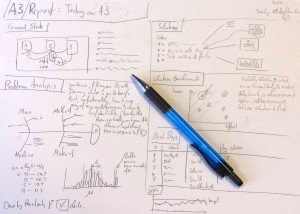 Employment is an exchange of work for money. As with most negotiations, both sides would like to keep their cards hidden, so employers and employees use different tricks in an attempt to hide the true facts from the other.
Employment is an exchange of work for money. As with most negotiations, both sides would like to keep their cards hidden, so employers and employees use different tricks in an attempt to hide the true facts from the other.
This post looks at the tricks of employees, whereas the next post will look at those of employers. As employees have more control over the work than they do over the salary, this post shows how to keep management in the dark about the true workload.







